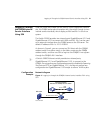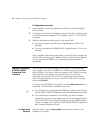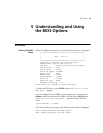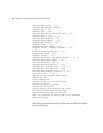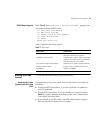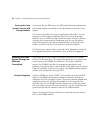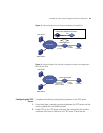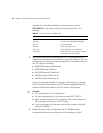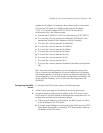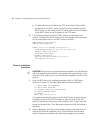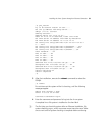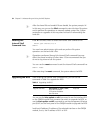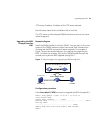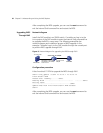
34 Chapter 5: Understanding and Using the BIOS Options
n
After the kernel file and ramdisk file are loaded, the system prompts / #.
In this case, you can use the fdisk command to view the Linux file system
and to perform file operations or manually update system files. System
restoration or upgrades in this way does not result in reformatting the
hard disk.
Entering the
Internal Shell
Command Line
Enter 4 in the BIOS menu to enter the Internal Shell command line.
Enter your choice(1-5):4
Shell>
You now have administrator rights and can perform file system
operations on the hard disk’s files.
n
Operations performed through the Internal Shell command lines may
affect the normal working of other items. 3Com recommends that you
do not to log into and use this system.
You can use the
reset command to exit the Internal Shell command line.
Shell> reset
After executing the reset command, the system reboots the BIOS.
Upgrading the BIOS After entering the Internal Shell command line, you can use the
command in Table 9 to upgrade the BIOS:
You can use the bios update -s eth1 command to use the interface Eth1
on the OSN|M module that connects the switch to upgrade the BIOS, or
use the bios update -s eth2 command to use the management Ethernet
port (Eth2) on the front panel of the ONS|M module to upgrade the BIOS.
local-host-IP-address: IP address of the selected interface on the ONS|M
module, that is, the IP address of Eth1 or Eth2.
Table 9 Upgrading the BIOS
To … Use the command… Remarks
Upgrade the BIOS bios update -s { eth1 | eth2 }
local-host-IP-address
TFTP-server-IP-address
btm-file-name
Required



